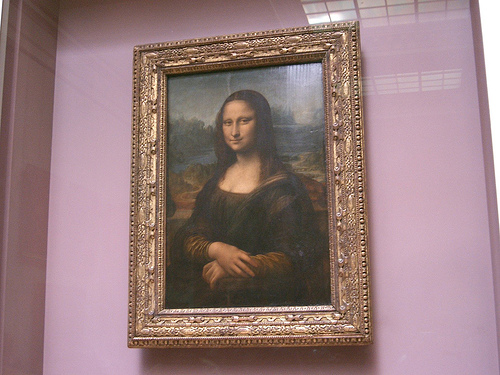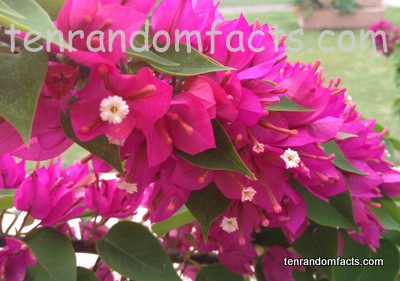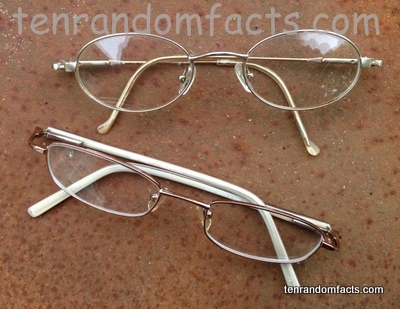
She smiles well…
- The Mona Lisa is a portrait of a woman, believed to be Lisa Gherardini, and the painting was probably commissioned by her husband, Francesco del Giocondo, a cloth merchant.
- The Mona Lisa is also known as ‘La Gioconda’, a reference to her married name, or ‘La Joconde’, meaning ‘the happy one’.
- The Mona Lisa was painted by Leonardo da Vinci, an Italian artist, and was painted between 1503 and 1506.
- The Mona Lisa is an oil painting on a poplar wood panel, and has the dimensions of 77 cm by 53 cm (30 inches by 21 inches), and is the most famous painting in the world.
- It is believed that the person who commissioned the Mona Lisa was never given the painting, and remained in da Vinci’s possession until his death, and eventually was obtained by the French king, King Francis I.
Mona Lisa
Image courtesy of Edwin/Flickr
- The Mona Lisa was stolen on the 21 August 1911 by an Italian Louvre employee, Vincenzo Peruggia, and was missing for two years, and eventually turned up in Italy, where Peruggia had taken it.
- The fame of the Mona Lisa painting was partly fueled by its theft in 1911, as the media reported it across the world.
- The Mona Lisa has had acid, rocks, paint and a cup thrown at it, but it is still in good condition due to the restoration, touch-ups and cleaning it has had.
- The Mona Lisa has been located at the Louvre (Musée du Louvre) in Paris since 1797, and approximately 6 million people visit it every year, even though most of the visitors only get to see it in a crowded room and choose to look at it for approximately 15 seconds.
- The Mona Lisa is not insured as it is considered priceless, and it has a current estimated value of almost US$760 million, based on an insurance assessment in the early 1960s, valued then at $100 million.















